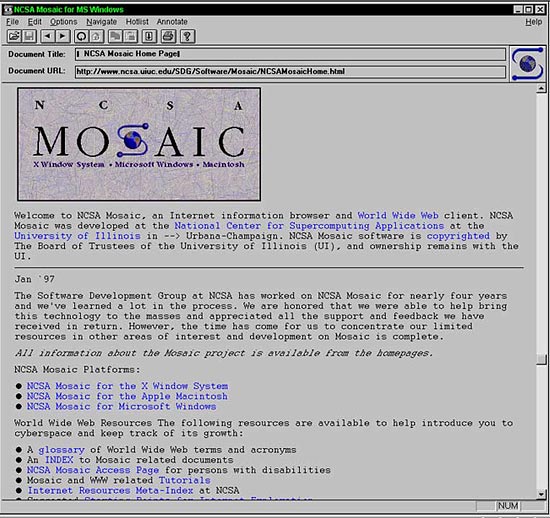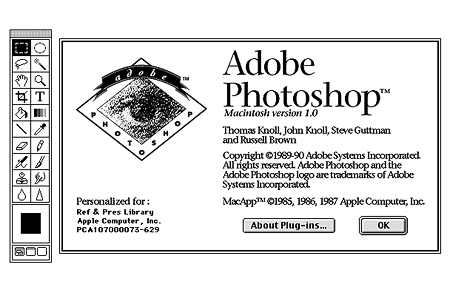Your website is your online storefront, your digital face, and first impressions matter. A well designed website is crucial for attracting and converting customers. I can help create and design user friendly, professional and visually attractive websites that show your brand effectively. I can craft a digital space that reflects your brand’s unique personality.
Web design is crucial today because it directly impacts user experience, brand perception, and business success. A well designed website ensures easy navigation, fast loading times, and mobile responsiveness, which are vital for retaining visitors. It also helps establish credibility and trust, making users more likely to engage and convert. Additionally, good web design supports SEO efforts, improving search rankings and visibility. With the rise of e-commerce and digital interactions, a visually appealing and functional website can differentiate a brand from competitors, drive traffic, and increase sales, making it an essential element of modern business strategy.
The Evolution of Web Design
The web design we experience today, rich with interactivity and visual appeal, has come a long way from its humble beginnings. Let’s take a trip down memory lane and explore the evolution of web design, as we might call it, through the decades.
Early websites, born in the era of basic HTML, were just walls of text with minimal formatting. Think black text on a white background, with bolded headings and underlined links. These sites were functional but lacked the visual flair we take for granted today.
- Access ebooks offline
As technology progressed, so did web design. Tables emerged as a layout solution, allowing for basic organization of content. This era saw a rise in experimentation with colors, fonts, and even rudimentary graphics.
First, concept. Then, design.
Web design took a step towards minimalism in the late 90s. Usability became a focus, with designers prioritizing clean layouts and clear navigation. Developing with Cascading Style Sheets (CSS) offered more control over styling, allowing for a more polished look without the clutter. Think clean fonts, simple color palettes, and an emphasis on user experience.
Videos became a popular way to engage users, and web design adapted to incorporate them seamlessly. This era also saw the birth of responsive design, a concept where websites adjust their layout to fit different screen sizes. Think embedded YouTube videos, more complex layouts, and the early stages of websites that looked good on both desktops and mobile devices.
Responsive design became a necessity with the explosion of mobiles. Websites needed to be fluid and adaptable across devices. The rise of high resolution displays like retina pushed web design towards sharper visuals and a focus on clean, high quality graphics. Think websites that are coherent resize for any device, engaging scrolling experiences, and crisp, visually appealing layouts.
Today’s web design landscape is diverse and ever evolving. User experience is paramount, with designers focusing on intuitive interfaces and clear information hierarchy. Flat design, with its emphasis on minimalism and bold colors, remains popular. Microinteractions, subtle animations that enhance user interaction, are widely used. The future looks bright for web design, with trends like voice search, augmented reality, and artificial intelligence likely to shape the way we interact with websites in the years to come. The web design we see today is a testament to the constant innovation and adaptation within the tech industry, has come a long way, and its journey is far from over.






